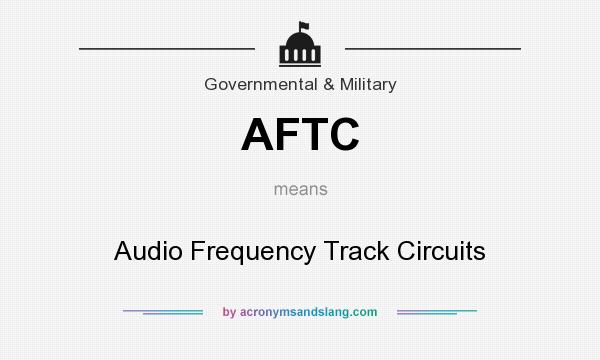

"The OS's were an unusual device, and I never heard of them installed anywhere except on the MC main line. I used to remember what morse was sent for each, but memory fails me except for Augusta (eastbound was GSE, westbound was GS, and leaving coal chutes GSW) and Botsford (BO). Augusta westbound had a westbound OS approaching the siding and another leaving the coal chutes. Between Jackson and Niles, to my memory, the OS signals were at Parma (westbound only), Albion (eastbound only), Marshall (both directions), Rumley Yard (eastbound only), Augusta (both), Botsford (westbound only), Miller (both), Lawton (both), Glenwood (both), and Dowagiac (both). As long as a train was on this circuit, the OS sounded. "The OS signals were on the track circuit approaching the signal with the “head in” signal.

They were a very helpful device to move trains, especially during night hours when there were few operators on duty to report movements. The head-in signals were turned on and off by the train dispatcher by his selector buttons. My general understanding is that they were most often placed for use with “head in” signals mounted on automatic block signals to instruct an approaching freight train to “take siding” at the next passing track or for a passenger train to call the dispatcher for instructions. "I can’t speak for the Toledo Branch or the West Division, but I know they were in use between Detroit and Niles. "We depended on them to be able to move yard engines without delaying road trains, and also, occasionally to slip an eastbound freight train through the Kalamazoo depot before a westbound passenger train. Noted rail historian Don Meints noted that while working BO tower, Nichols tower and Pearl Street tower, he remembered these OS's very well. The cams on the shaft depressed small buttons that "beeped" out the code. The Bay City and Mackinaw branches had open-air mics for annunciators." The sealed unit contained a miniature cam shaft, which would rotate. A train passing over a short track circuit section would actuate a small sealed unit located in a wooden booth. "It was really interesting to see how these worked when a signal maintainer showed me one of these. Of course, if a train dispatcher turned one of those off, he'd have to remember to turn them back on again, or he wouldn't get an OS from the next train to pass there! We called these annunciators 'OS's". They could be turned off and back on by the train dispatcher via the same selector-set buttons that were used to ring the operators in the towers.
#OS TRACK CIRCUITS CODE#
They would beep out in Morse code letters such as that used for towers, like "FN" in Trenton. Some of them were located around yards and stations where trains would set for a while, while they made setouts and pickups.

Hudley wrote, "A tower operator of many years experience that worked for NYC/PC/CR in the Detroit area tells me that there were several train annunciators located on the Detroit to Jackson and Detroit to Toledo branches. There was a discussion on the history bulletin board about this topic in 2017.Ī. These devices were likely used as early as the 1920's and into the 1970's when telephone dispatch circuits were removed in favor of CTC operations, regular telephones and railroad radio. This helped coordinate the progress of trains on the division. The device let the dispatcher know when a train was passing the location of an unmanned station. Using an encoder, the dispatcher could turn off the microphone, or the Morse code repeater (but they would need to turn it back on to hear the next train). The morse code letters would repeat until the train passed out of the circuit. Another way the device worked was to start a device which would broadcast morse code letters (for the station) on the dispatcher telephone circuit. When the device was activated, it opened a microphone on the dispatcher telephone circuit so that the dispatcher could hear the train go by the location. Train Annunciators on the MC/NYC and C&O.Ī train annunciator was a trackside device which was activated when a train entered a short track circuit at a specific location.


 0 kommentar(er)
0 kommentar(er)
